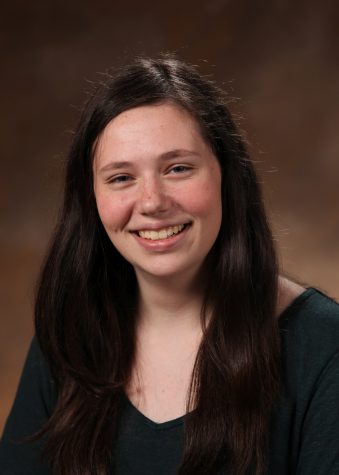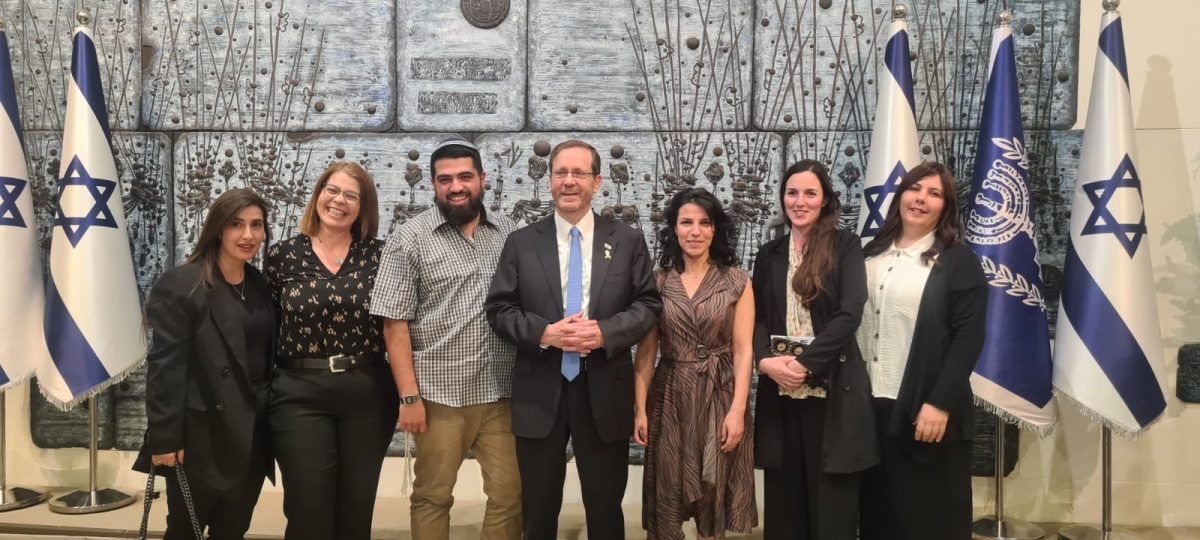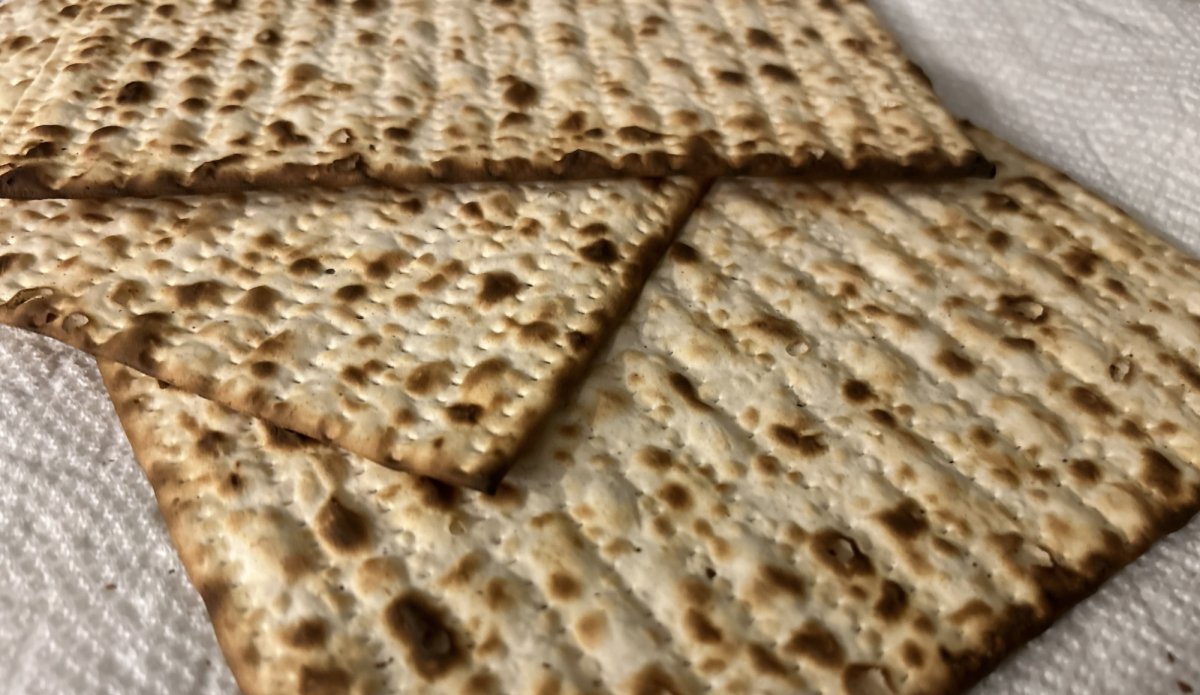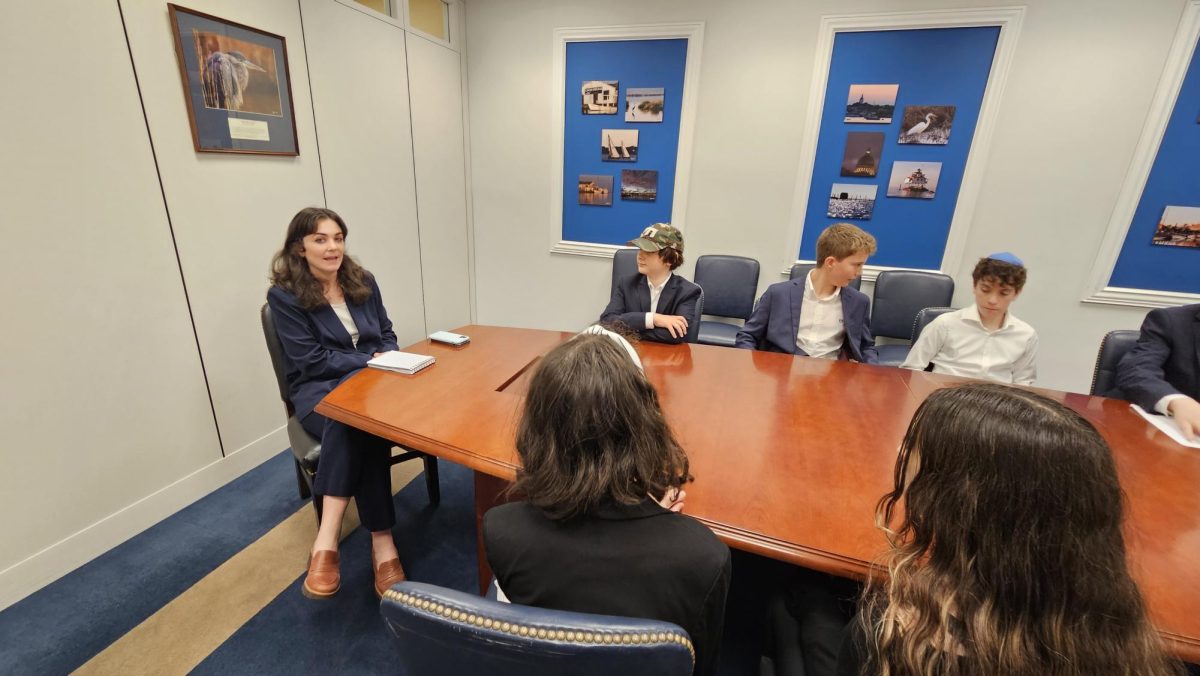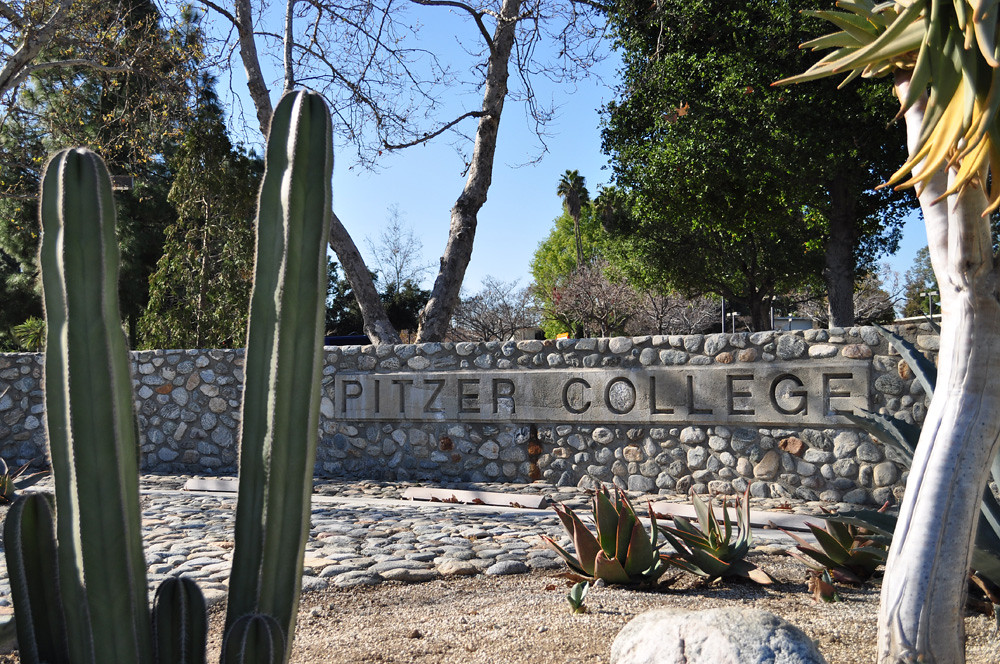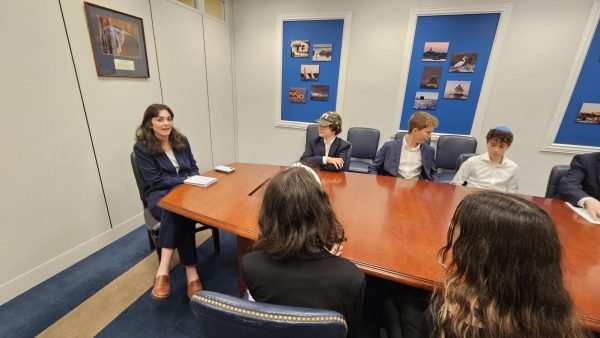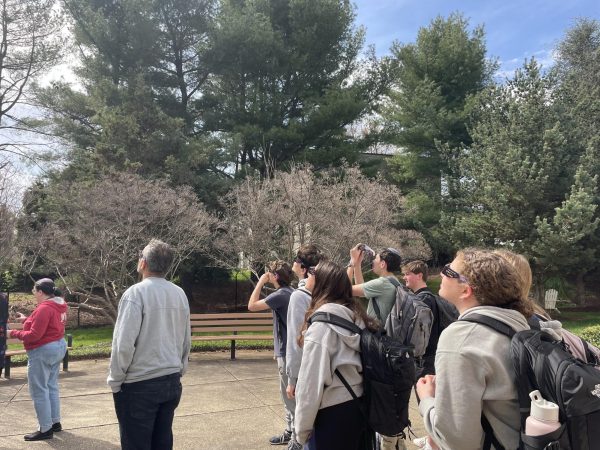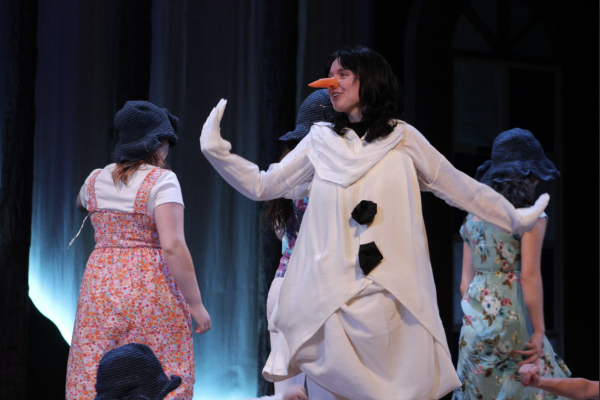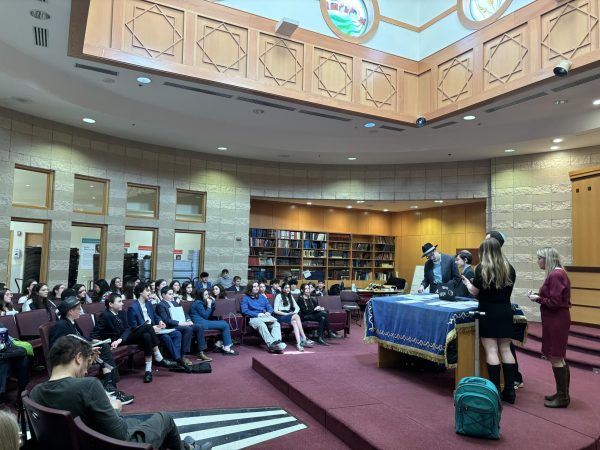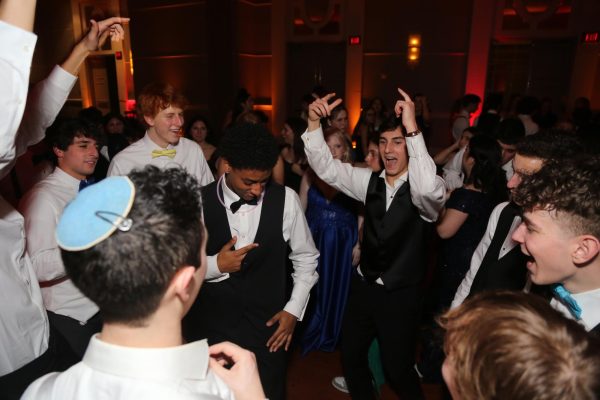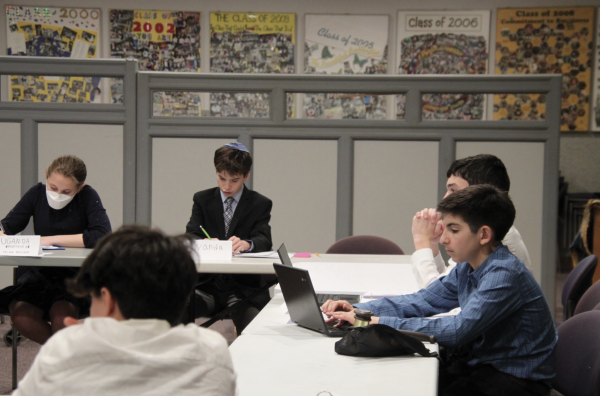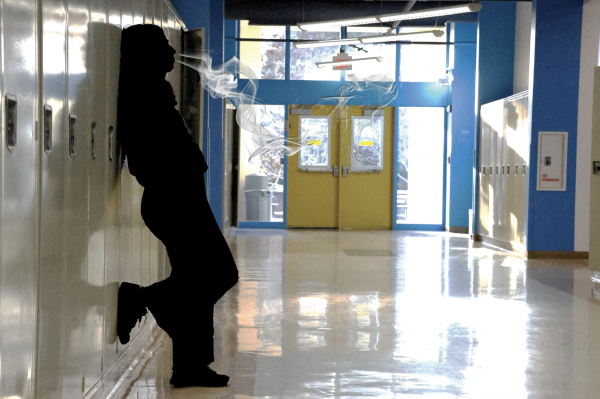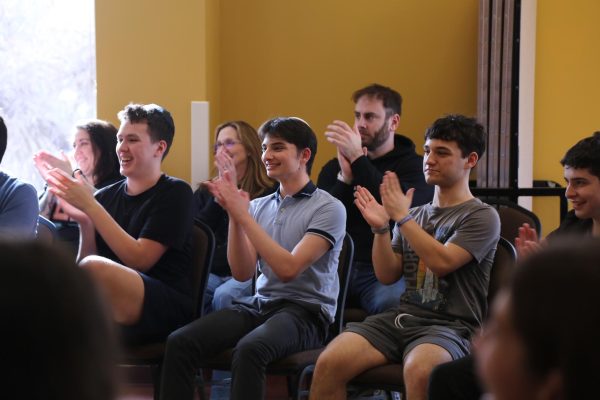Recruiting cubs to join the club
CESJDS starts new pre-K program, Gurim
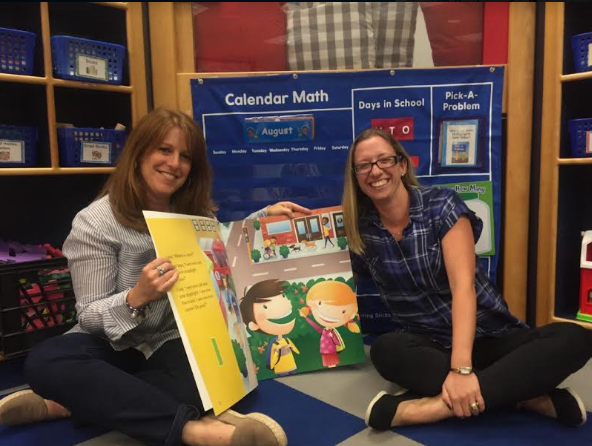
photo provided by Evonne Schnitzer
Gurim General Studies teacher Eve Margol and Judaic Studies teacher Sivan Krowitz get ready for the first year of the new Gurim program.
August 30, 2016
Most classrooms at the Lower School campus have sharpened pencils, chapter books and calculators, but one classroom is a bit different. Rather than school desks, this classroom is brimming with petite chairs, short tables and glue sticks.
This fall, CESJDS is introducing Gurim, a pre-K program designed for students who did not meet the Sept. 1 birthday cutoff to start kindergarten.
Prior to Gurim, JDS was unable to accept students whose birthdays fell between Sept. 1 and Dec. 31, and as a result, some would attend pre-K and beyond at other schools.
According to Lower School Principal Matthew Bellas, many schools fail to offer a program to serve this fixed age group, but by adding the Gurim program, JDS is able to fill that gap.
In addition to catering to a sparsely-served group of children, the Gurim program will also promote growth in the JDS community.
“[The Gurim program] definitely helps from the bottom up for us to grab another class worth of children,” Bellas said.
According to Bellas, the additional 12 students will be a part of a unique pre-K experience. While most pre-K programs take place in a preschool or early childhood environment, Gurim is set in an elementary school backdrop.
Lower School parent Jessica Roth chose the program for her son Eliot for two main reasons: convenience and community. Roth already sends two of her children to the Lower School, and will be able to drop off all of her children in one place. In addition to the convenience, Roth fell in love with the value-focused mindset and community.
“I had such a positive experience this past year with my daughter in kindergarten and really loved the environment,” Roth said. “[I] really loved the JDS community, [I] really loved the teaching staff and loved the emphasis on the values — on the midot.”
Eliot entered this value-focused environment on his first day of school. There, he met Judaic studies teacher Sivan Krowitz and general studies teacher Eve Margol.
Krowitz used to serve as a first grade Judaics teacher at JDS. In addition to her experience in the elementary field, she was also a preschool teacher in Israel. Rather than working off a set agenda mandated by the school, Krowitz personally crafted the Hebrew curriculum for the Gurim program.
“Last year I was teaching a different program, and now it’s something that I create by myself from zero, from nothing,” Krowitz said.
As part of Krowitz’ homespun course of study, she intends to teach the students “Hebrew in Hebrew” by bringing Israeli culture into the classroom through songs, stories and games. Because of her love for puppets, she also plans on doing puppet shows and having the children interact and engage with the puppets.
While Krowitz brings puppets and Israeli culture, Margol will occupy the children with yoga along with the ABCs and 123s.
Margol used to work at the Maddux School, a school in Potomac for students with autism and developmental disabilities. She is also the current director of Yogiños Unbound, a yoga program for children with disabilities.
Margol described the yoga in the classroom to be more than just “a fifteen-minute class.” She wants to teach children proper breathing techniques and poses to help them relax when their parents leave and how to tell if they feel sick.
“We’ll be teaching them all kinds of strategies so they learn how to self-soothe [themselves],” Margol said. “[They will] learn how to handle stressful situations, learn how to play with a friend, [or] how to enter in a group of friends if they want to go play. It’s really just kind of teaching them how to cohesively work together in a group.”
While Roth found the focus on interaction and emotion suitable for her son, the Gurim program will also foster differentiated learning. Differentiated learning will allow students who learn best visually, tactilely or auditorily to learn material in the way that they connect to the most.
“Kids learn differently,” Margol said. “If two children learn best through sound, then we will sing the numbers. Some kids may learn best through art, so let’s color in that letter or number.”
By the end of the year, students in the Gurim program will come out with a fundamental knowledge of letters, numbers and the basics of the Hebrew language.
Margol thinks by the end of the year, the Gurim will graduate with an understanding of a student’s routine and will therefore be ahead of other kindergarteners. In the same way, Krowitz thinks the students’ introductory knowledge of Hebrew will help them become more advanced in the language in comparison to other kindergarteners.
“They’re really going to be learning the Judaic world and Hebrew,” Margol said. “Learning how to communicate so when they go into kindergarten; they’re ready.”


